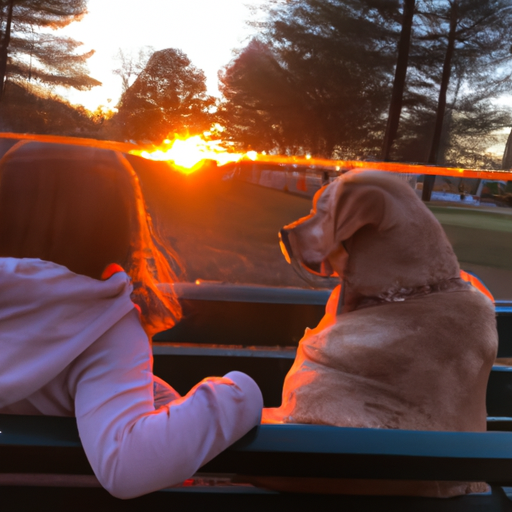Understanding the Importance of Bonding
You might be thinking that bonding with your pet is just about cuddling or playing fetch. But it’s so much deeper. Bonding with your dog is about creating a mutual understanding and trust. It’s about learning to communicate effectively and empathize with one another.
The Psychology Behind Dog Bonding
Dogs, like humans, are social animals. They thrive on interaction and companionship. It’s wired into their brains to seek out and enjoy the company of their pack, which, in a domestic setting, is you and your family.
- Emotional Connection: Dogs have been shown to have the capacity for emotions like love and attachment.
- Communication: Dogs communicate primarily through body language. Understanding this can help you bond with your dog more effectively.
- Trust: Trust is built through consistent, positive interactions over time.
The Process of Bonding
Bonding with your dog doesn’t happen overnight. It’s a process that requires patience, consistency, and understanding. Here’s a simple step-by-step guide to get you started:
- Spend quality time together
- Engage in activities your dog enjoys
- Provide consistent training
- Show affection
- Understand and respect your dog’s needs
Creating a Bonding Routine
Creating a routine helps your dog understand what to expect from you and can enhance the bonding process.
| Time | Activity |
|---|---|
| Morning | Walk and playtime |
| Afternoon | Training session |
| Evening | Cuddle and relaxation time |
Common Challenges in Dog Bonding
Bonding isn’t always a smooth journey. You might face some challenges along the way. Here are some common ones:
- Fear and anxiety: These can stem from past trauma or lack of socialization.
- Behavioral issues: Dogs with behavioral issues may require professional help or specialized training.
- Health problems: Physical health problems can affect a dog’s behavior and mood.
Tips for Overcoming Bonding Challenges
Facing bonding challenges can be frustrating. But remember, you’re not alone. Here are some tips to help you overcome these challenges:
- Seek professional help if necessary
- Be patient and consistent
- Always use positive reinforcement methods
- Understand your dog’s breed-specific behaviors
Strengthening Your Bond Over Time
Bonding with your dog is not a one-time thing. It’s a continuous process that strengthens over time. Here are some ways to keep your bond strong:
- Regularly engage in activities your dog enjoys
- Keep up with training
- Provide regular health check-ups
- Show consistent love and affection
FAQs on Dog Bonding
Q: How long does it take to bond with a dog?
The bonding process can vary from dog to dog. It can take anywhere from a few days to several months. The key is to be patient and consistent.
Q: Is it harder to bond with an older dog?
While older dogs may have certain ingrained habits, they can still form strong bonds with their humans. They might just require a bit more patience and understanding.
Q: Can all breeds of dogs bond equally with humans?
While all dogs have the capacity to form strong bonds with humans, some breeds may be more inclined towards bonding due to their genetic predispositions. However, the individual dog’s personality and experiences play a significant role in the bonding process.
Q: Can dogs sense if you love them?
Yes, dogs can sense your emotions through your body language, tone of voice, and actions. They can feel loved and secure when you show them consistent affection and kindness.
Q: Can a dog bond with more than one person?
Yes, dogs can bond with multiple people. But they often have one person they are particularly close to.
Remember, bonding with your dog is a journey, not a destination. It’s about building a relationship based on mutual trust and respect. When you invest time and effort in this process, you’ll find that the bond you share with your dog is one of the most rewarding experiences of pet ownership.



